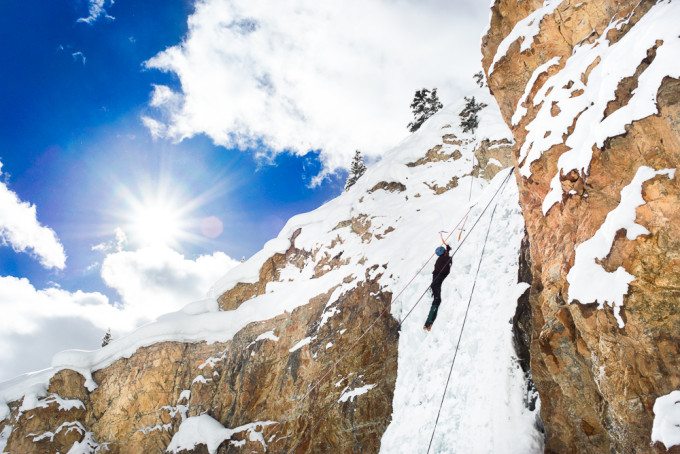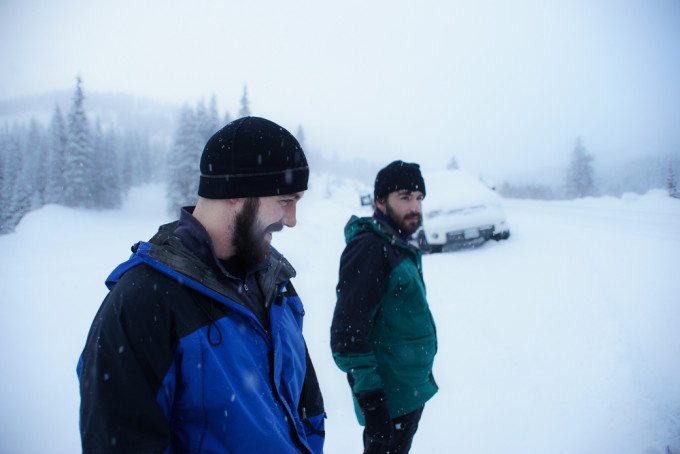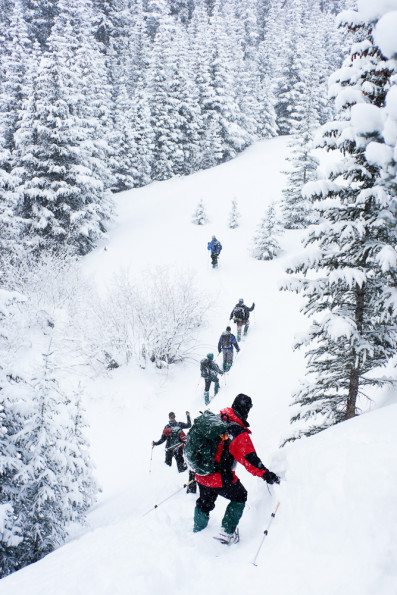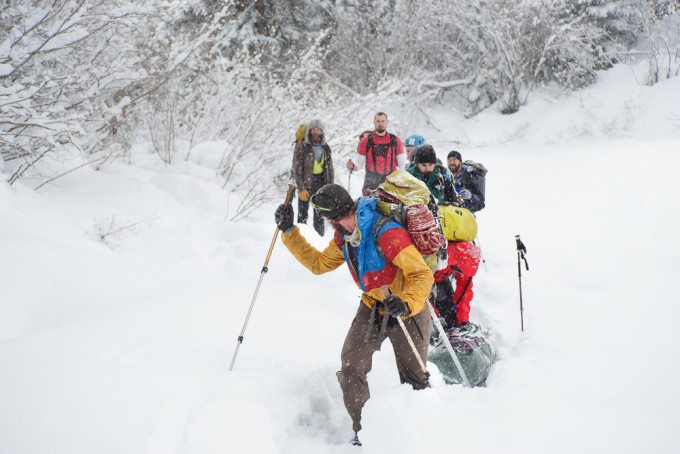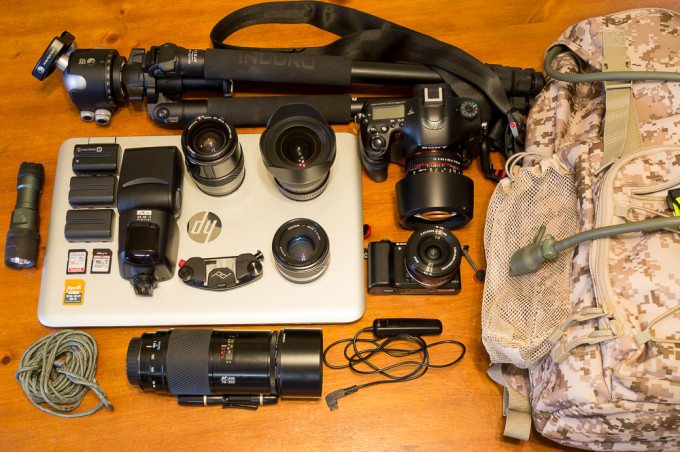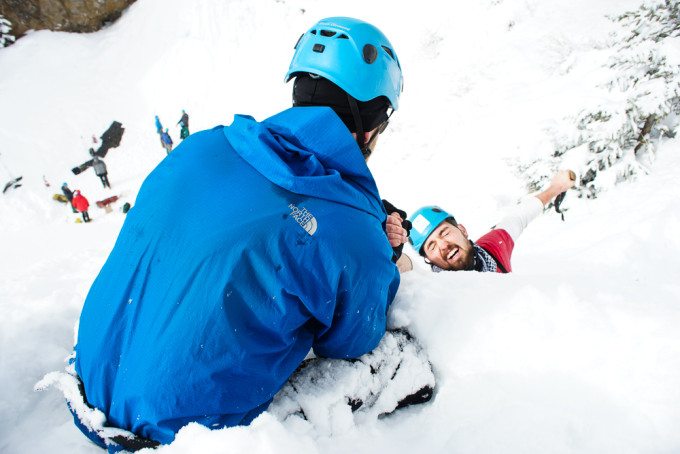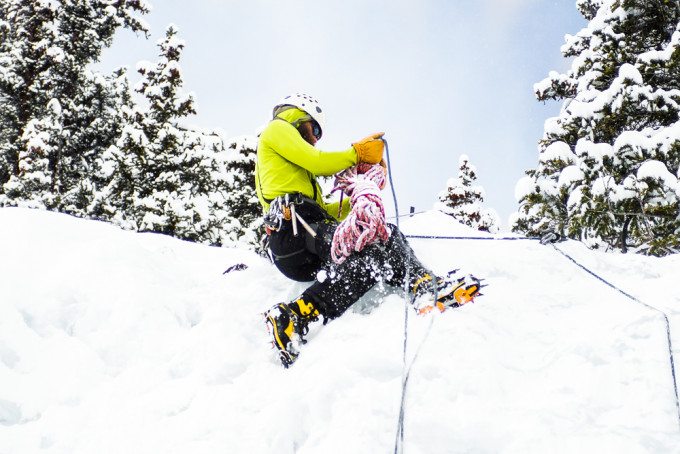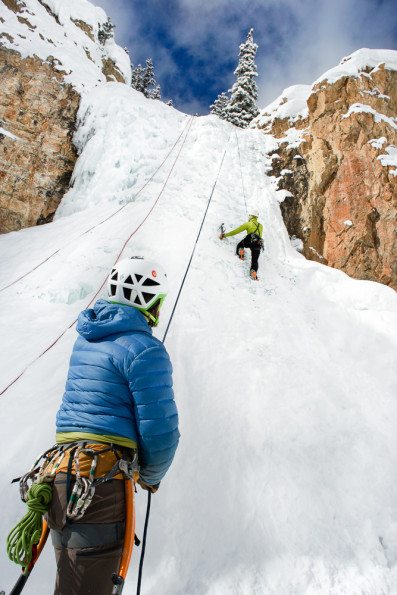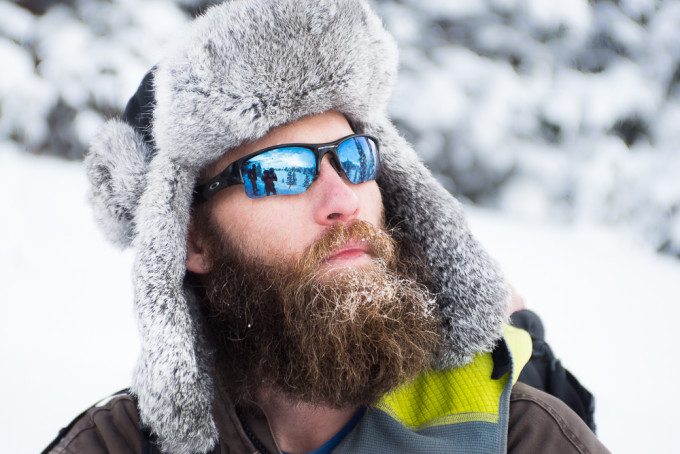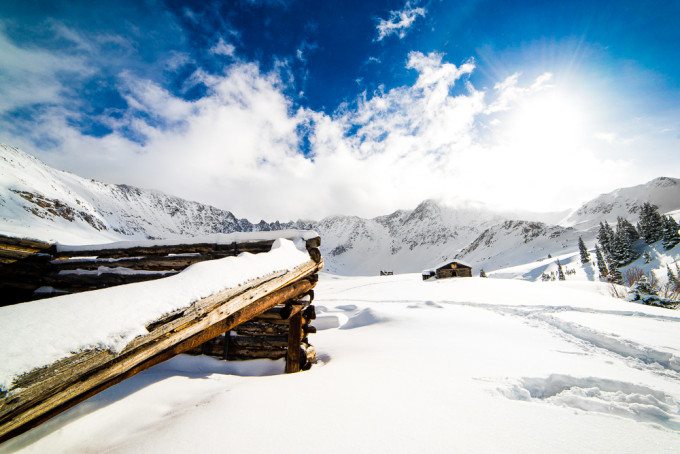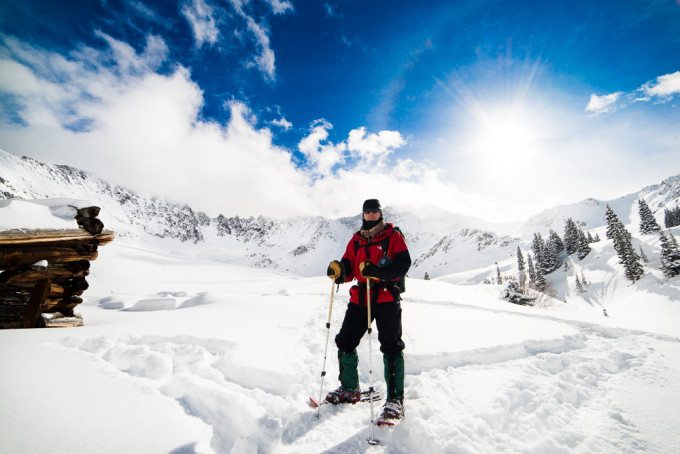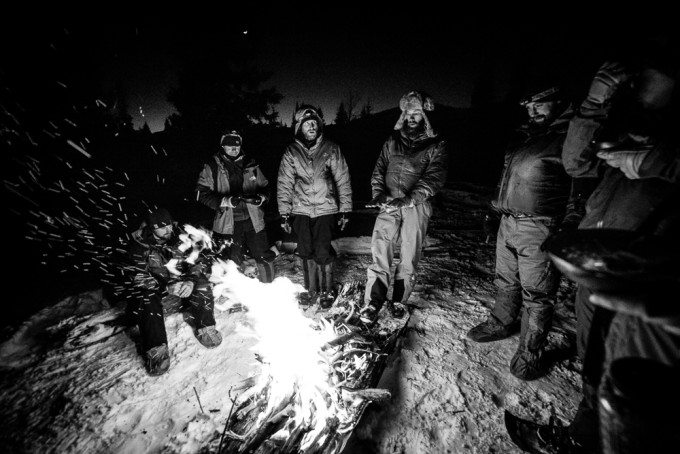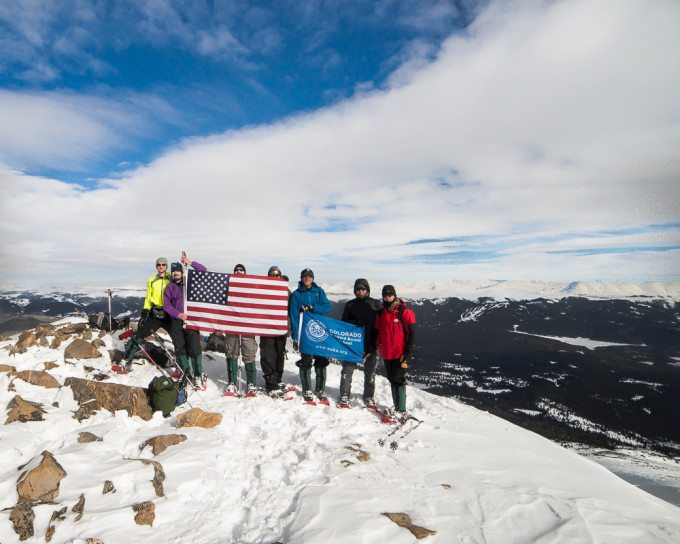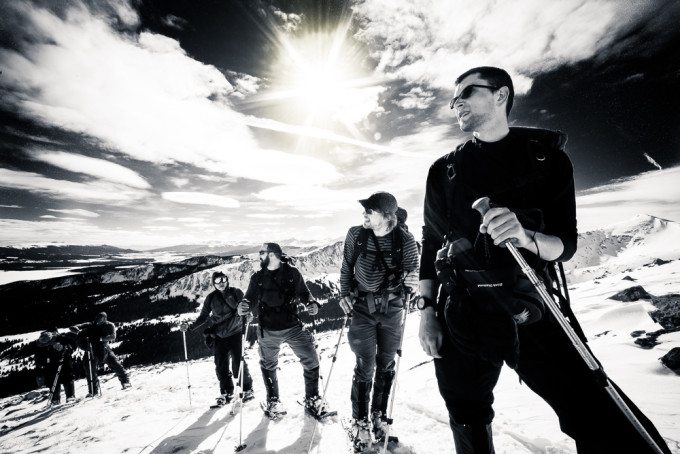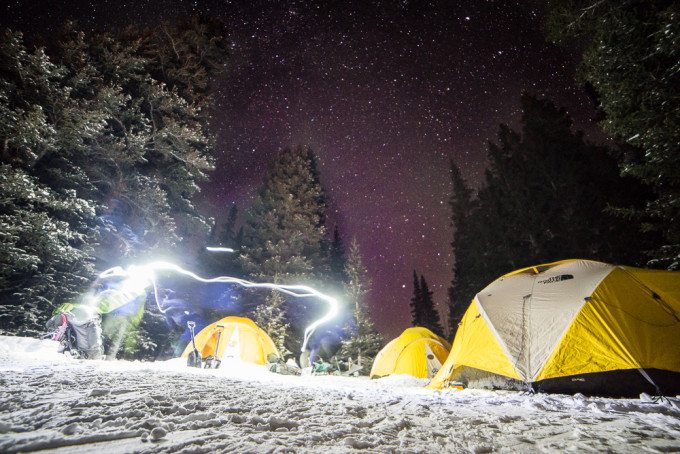All images by Zachary Shenal. Used with permission.
Photographer Zach Shenal has been shooting adventure work for around a year and a half, and his work is bound to make him one of the more up and coming adventure photographers that we’ve seen in a while. After buying a DSLR while in the US military, he got really into photography. He started out shooting landscapes until the photo bug bit him and he was reading every tutorial he could find.
“I never really got into portraits as passionately as landscapes, but there is just something pleasing about showing a person interact with his/her environment.” Zach tells the Phoblographer in his pitch email.
Zach has an interesting sense of composition and creates scenes that show drama and use photojournalistic elements to tell stories. All of these combined make him an excellent adventure photographer that we just had to talk to.
Phoblographer: Talk to us about how you got into photography.
Zach: I first got into photography while I was at West Point’s preparatory school. The military lifestyle is very intense, and so I needed some way to relax on the weekends. West Point is located on the Hudson river, and provides a lot of really pretty scenery. I thought about photography, but cameras just seemed so darn expensive. I was picking up toothpaste at the PX just after tax season, and they had Sony’s entry level camera on sale for a little over 200 dollars. It took me about 5 seconds to decide to buy it, and it was honestly one of the smartest things I did that year.
Phoblographer: What attracts you to adventure photography?
Zach: Honestly, I got into adventure photography because I love adventures. Traveling, the outdoors, it all just feels right. In January I got to climb Homestake Peak, and by about three quarters of the way up I was frozen and exhausted, and my legs were killing me. That probably sounds terrible, but to me it was perfect. I felt like Edmund Hillary.
Phoblographer: Work like this often combines both candid work and landscape work while doing lots to adapt to situations. How much of your work is planned and how much is done on the fly?
Zach: It all depends on where I’m going. If it’s somewhere I’ve been before, I generally have a good idea of what focal lengths I’m going to want, or what shots I want to get. With Colorado, I’d never been to the Rockies before, and all I had to go on was an itinerary provided by my client. I spent a lot of time online looking at similar places, trying to figure out how I wanted to go about shooting. I’m pleased with my final results, though there are some things I would have done differently. I didn’t bring my 70-200mm on the ice climbing portion of the expedition, and so I was forced to shoot my 28-85mm at 1.5x crop.
Phoblographer: How do you prepare to go out there and shoot? Besides camera gear, you obviously need a lot of personal items at times.
Zach: Obviously things will change a lot depending on where I’m shooting, but some pretty universal personal items are 550 chord and a fleece hat. The chord can be used for pretty much anything, but I use it to hang up glove liners to dry, or to tie back foliage to clean up photo without damaging the plant. I have really short hair, so if there’s any type of breeze or chill, my head will be freezing. I find a fleece cap takes up very little room in my bag, and can serve as a lens wrap if necessary. One item I had never considered until this winter was a down puffer jacket. I didn’t have one, so my client let me borrow one, and I have to say that they’re pretty much the best thing ever.
Phoblographer: Talk to us about the gear that you use.
Zach: As an adventure photographer, I want a camera that is durable, comfortable, has excellent image quality at low to medium ISO, and a decent burst rate. There are a lot of cameras that fit this, but for me that camera is the Sony A99. I’m in love with the EVF, and the fact that I can use focus peaking and all sorts of brilliant Minolta lenses. As for lenses, I usually bring my 14mm, my 28-85, and my 70-210. Those cover pretty much every base, and if I need more light, I generally have a 50mm 1.7 in my pocket. For my Colorado shots weight was a major concern, and so the 70-210 stayed back at base. For tripods, I use Induro AT-214 legs and a Really Right Stuff BH-55 head. It was one of the priciest things I’ve bought, but it has done more for my landscape photography than just about anything else. As a tip for budding adventure photographers, I can’t recommend the Peak Design Capture Clip enough. It will make your life so much easier when you’re out and about on adventures.
Phoblographer: What kind of lens filters do you feel are most important for adventure photography?
Zach: Of all the filters I have, the standard UV filter is probably the most important. There are times when my camera gets filthy, and it really helps to have a protective element over the lens. As long as they’re a decent quality filter (I use Tiffen), then you won’t really notice a drop in quality. A CP filter is also useful when dealing with harsh glare on the snow or water.
Phoblographer: Every photographer I feel struggles with maintaining a balance between what I call craft and creativity where craft is the act of going out there and making images while creativity is getting ideas. How do you stay inspired and balance it with getting out there to shoot more photos?
Zach: For me, craft comes before creativity. Getting a great idea for a photo, or seeing something you want to try is meaningless if you don’t actually know where to start. I feel like the industry (portraits in particular) is being overrun with people who have these awesome ideas, and really cool concepts, but don’t understand basics like DoF or how to use flash effectively. It just leads to an underwhelming result.
Phoblographer: You do a lot of commercial work, but how do you manage to do personal work on the side to keep your skills sharp and ahead of the curve?
Zach: I’ve found that adventure photography is a very big pond, and for a fish my size, there can be up to a month or two in between the big, exciting jobs. During the lulls is when I make most of my technical advances and personal work. If I’m eyeing a new piece of gear, I get it during a slow period so that I can explore it at my leisure and really get to know its quirks. It’s also when I have time to experiment with post processing and to go out and do smaller, more relaxing things. Spring is in full swing here in Maryland, and I love doing macro shots of the wildflowers that are blooming.
Phoblographer: How do you go about marketing yourself and getting new clients?
Zach: Phone calls and e-mails, mostly. My website is slowly being brought up to scratch, but I find most of my stuff by finding clients that have exciting opportunities, but need good photography to give them impact.
Phoblographer: How much of your time is spent shooting vs editing, marketing, social media, billing, etc?
Zach: It depends on the job, but typically I’m doing more editing than I am shooting. The exception was Colorado, where I shot for about eight hours a day for a week, and probably logged around thirty hours in post production. For my landscapes, I spend a lot of time in post. My website also requires a lot of attention, and I’m trying to get my blog updated more often. As for marketing, I probably spend 2-3 hours researching the client, and then anywhere from an hour to a week getting myself to the point where I make a sales pitch.
Phoblographer: How did you go about getting paid to do work like this? A lot of it is networking, isn’t it?
Zach: The first job is the hardest. Once you have your foot in the door and a nice portfolio of the type of work you’d like to do, it’s just a matter of talking to people until you find an entity that is willing to give you a shot. I try to do as much on the phone as possible, because I’ve found a pleasant, humble disposition does wonders for putting your prospective client at ease. Remember, it’s supposed to be an enjoyable experience for both of you!
Phoblographer: Every photographer has specific methods of composing that pretty much become instinctual. Describe your composition process for us.
Zach: My first camera was an APS-C camera, and my first real lens was a 50mm, so I’m pretty used to shooting with lots of compression. The first thing I do is find what my central element is going to be, whether a climber, or a tree, etc. Then, I check the edge of the frame for clutter. If there’s some type of leading line, even better. I really admire the work of Andrew Smith (he goes by CubaGallery on Flickr), who shoots almost exclusively at 14mm. I bought the Rokinon 14mm based on your recommendation, and I learned just how difficult shooting that wide is! There’s just so much in the frame. All of my good 14mm shots usually take several seconds more to frame than my closer stuff.
Phoblographer: How do you think your industry is changing?
Zach: I think the market is definitely shifting from more National Geographic style shots to the simulated film look. I hang out on a lot of sites like Tapiture, and all of the well composed stuff looks like it was given a VSCO preset. I think it definitely has its place, but I hope we can get back to making more photo-realistic stuff. I think mirrorless is also revolutionizing the industry. I’ve been unimpressed with them up until recently, when I got a Sony A5000 as a gift. For its size, it packs a massive punch, and I could definitely see someone succeeding in this field with an A7r, an A6000, and a couple of FE lenses.
Phoblographer: What personal photography business goals do you have and want to accomplish before the end of the year?
Zach: I would love to get to the point where I’m doing a job about every two weeks. I really, really want to do some shooting in Iceland and the fjords in Norway, so to be able to make enough to support a three or four week trip would be really amazing.


